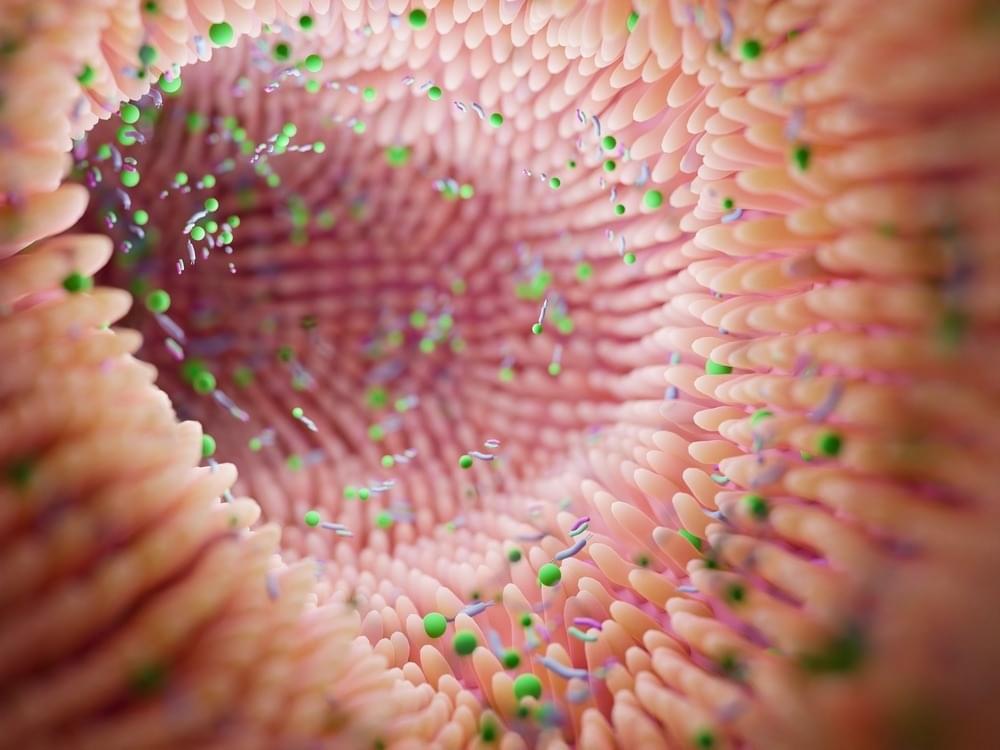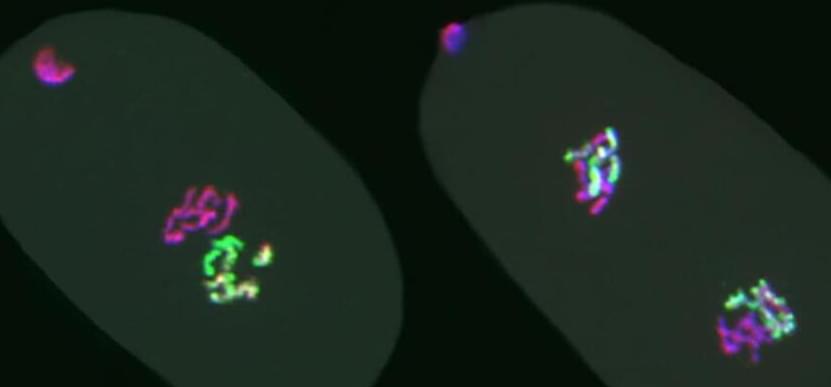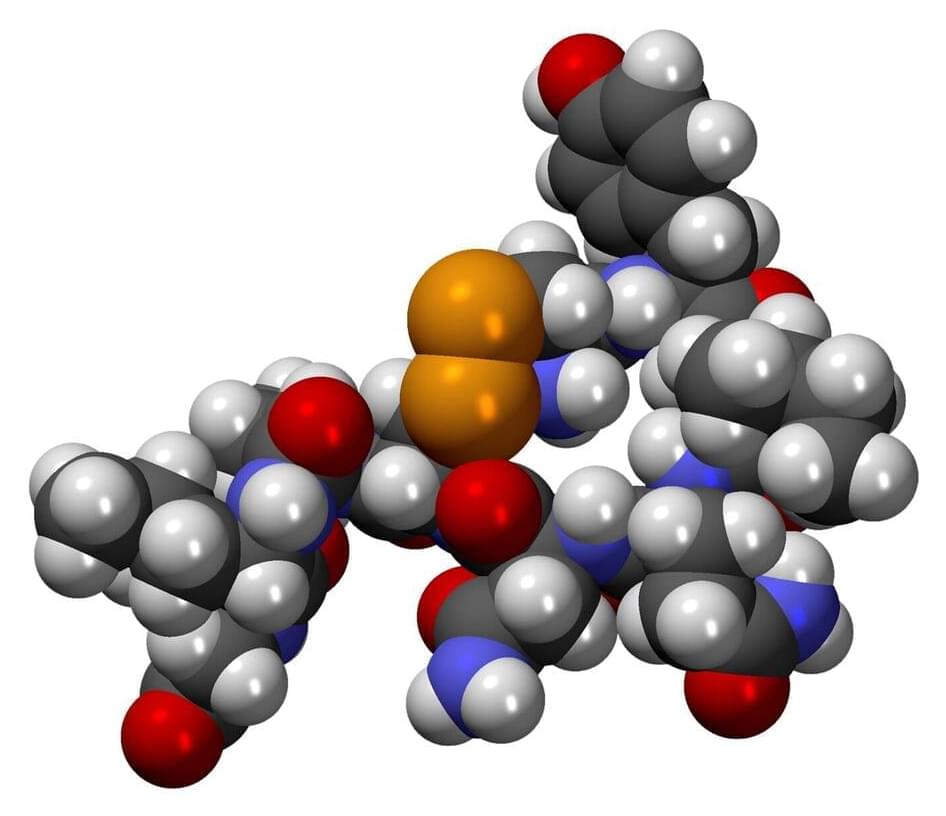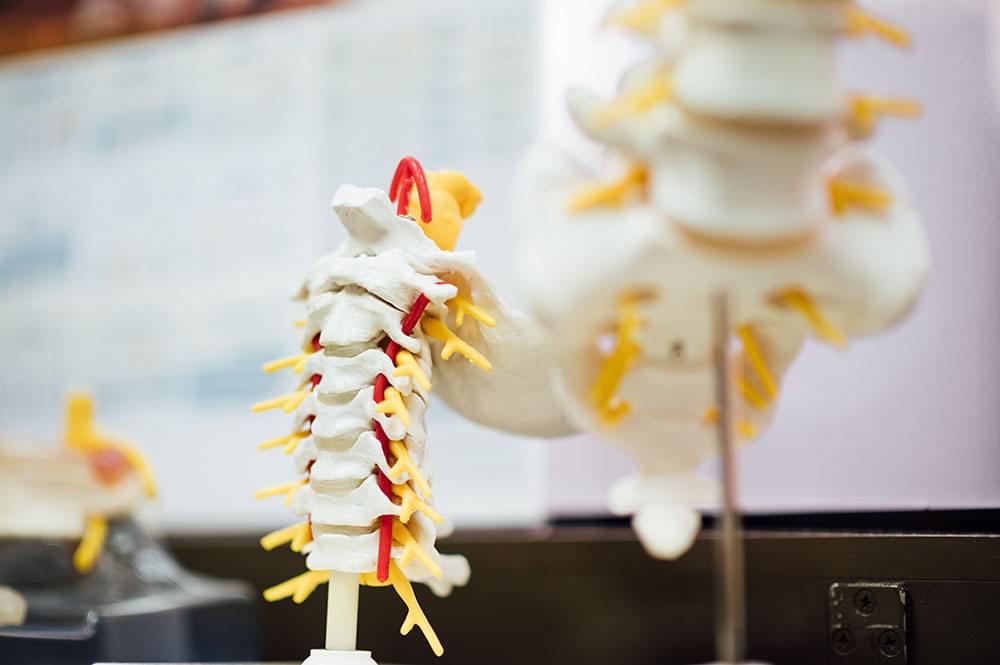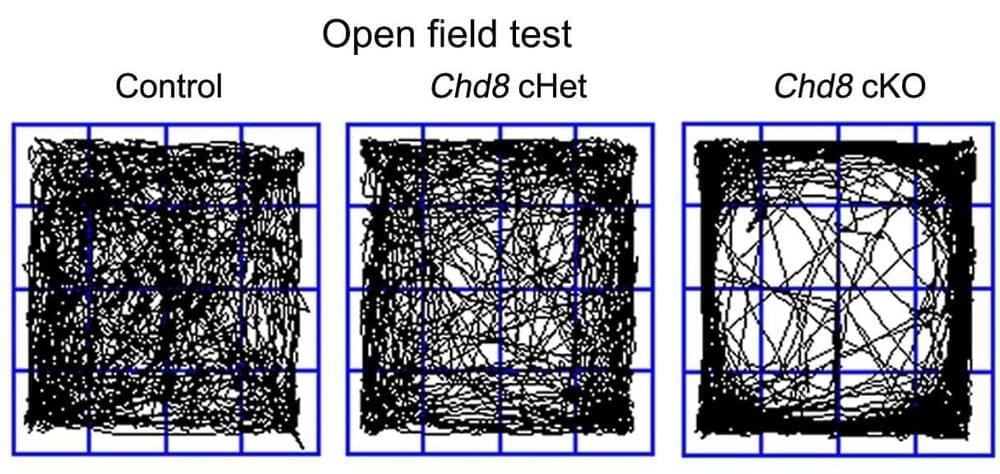Sep 30, 2022
‘Love Hormone’ Oxytocin Could Mend a Broken Heart
Posted by Jose Ruben Rodriguez Fuentes in categories: biotech/medical, health, sex
Summary: Oxytocin, a hormone connected with bonding and love, could help to heal damage following a heart attack. Researchers found oxytocin stimulates stem cells from the heart’s outer layer and migrates into the middle layer where it develops into muscle cells that generate heart contractions. This could be used to promote the regeneration of heart cells following a heart attack.
Source: Frontiers.
The neurohormone oxytocin is well-known for promoting social bonds and generating pleasurable feelings, for example from art, exercise, or sex. But the hormone has many other functions, such as the regulation of lactation and uterine contractions in females, and the regulation of ejaculation, sperm transport, and testosterone production in males.

